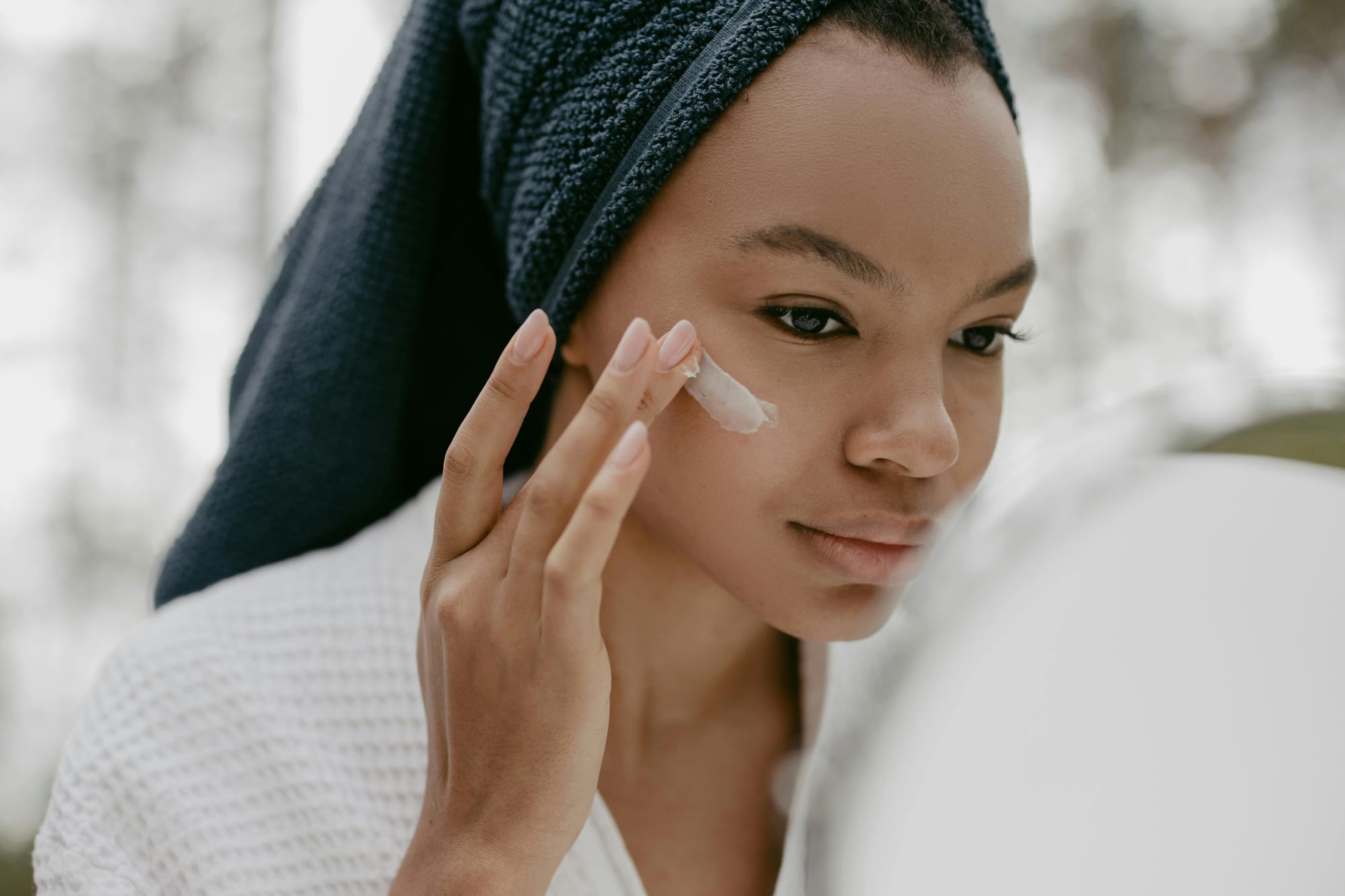Experts Reveal the Correct Skincare Product Application Order

Knowing what is right with the order of applying skincare products can make all the difference between getting radiant, clear skin. To help you out, here's a simple, step-by-step guide on how you can get the most out of each product in your routine, as advised by skincare experts Dr. Ifeoma Ejikeme and aesthetician Dija Ayodele.
Step 1: Cleansing – Start Fresh

The always basic skincare routine begins with cleansing, which prepares the skin and removes impurities, thus enabling the next products to effectively work well on the skin. On a gentle morning cleanser, such as La Roche-Posay Toleriane Dermo-Cleanser, is great at removing sweat or oil buildup without irritating the skin. "The morning routine is about reviving the skin and protecting it from pollution, free radicals, and UV," according to Ayodele. This preliminary cleanse does not have to be harsh-it just needs to clean the slate.
The evening cleanse is important to remove your makeup, sunscreen and all of that grime that has gathered over the day. Many skincare experts believe in double cleansing, that means a richer oil-based cleanser as a first cleanse to dissolve the makeup, followed by a lighter more water-based cleanser to properly clean. Elemis Collagen Cleansing Balm is a great product to start with at night for cleansing. It's a buttery texture melt for makeup and impurities that can be easily wiped off with a reusable makeup remover pad like Face Halo.
Step 2: Exfoliate – Smooth and Refine

Exfoliating is key to eliminate dead skin cells that clog pores and act as a barrier for other product layers. There are two exfoliants.
Manual Exfoliants: Scrubs that physically remove dead cells.
Chemical Exfoliants: Leave-on products, like glycolic or lactic acid, that dissolve dead cells and smooth the skin's surface.
Chemical exfoliants are recommended by Ayodele as a "little and often" approach: often used in cleansers or serums, they are less irritating overall. In terms of daily use, Kate Somerville ExfoliKate Cleanser is a favorite for going about daily life with the addition of glycolic and lactic acids to refine texture and promote brightness. It also makes a great mask that can be applied over the weekend when brushing your teeth.
Step 3: Serums and Retinol – Target Your Skin’s Needs

After exfoliating, apply your serum to clean, dry skin. Serums are concentrated formulas designed to address specific concerns like hydration, pigmentation, or fine lines. “Serums are the most effective way to incorporate active ingredients into your routine,” says Ayodele. Choose one that targets multiple concerns for a streamlined routine.
If you’re looking to control oil and reduce blemishes, SkinCeuticals Silymarin CF Antioxidant Serum is a good choice. It’s packed with vitamin C, which brightens skin and reduces excess oil, while working to protect against environmental damage.
If anti-aging is your focus, look to retinol. This vitamin A derivative boosts cell turnover and collagen production, helping reduce the appearance of fine lines, dark spots, and acne. Dr. Ejikeme advises beginners to start with a lower-strength retinol (0.1% or 0.3%) and apply it two to three times a week, slowly increasing as your skin builds tolerance. Always follow retinol with a moisturizer to reduce dryness and make sure to wear SPF during the day, as retinol can increase sun sensitivity. Neutrogena Retinol Boost Serum is a good option for beginners, providing results without excessive irritation.
Step 4: Moisturize – Hydrate and Protect

Moisturizer is the final step, sealing in hydration and a healthy skin barrier. This is particularly important as retinol can sometimes strip a layer of moisture off the skin, leaving it dry and flaky. Choose a nourishing, yet not greasy, moisturizer for your skin type.
For those with dry skin, The Ordinary Natural Moisturizing Factors + Phytoceramides provides deep hydration with ingredients that create a smooth, fresh look. It also works well under makeup. If your skin tends to be more sensitive, opt for a gentle, fragrance-free moisturizer that won’t cause irritation.
Step 5: SPF – The Final (and Essential) Step

Applying sunscreen every day is one of the best things you can do for your skin. Sunscreens protect against the harmful effects of UVA, which causes sunburn and wrinkling and coloring of the skin, UVB which causes sunburn and increases the chance of developing skin cancer. For users of retinol or very strong treatments, SPF is even more crucial since it makes the skin more sensitive to the sun.
Modern sunscreens feel light on the skin and are made to stay under the layers of your makeup. For this review, Supergoop! Unseen Sunscreen SPF 30's appearance has a primer-like smoothness and wears well without leaving a greasy finish. Good for combination skin, as it also makes for a somewhat mattifying finish on oily areas like the T-zone; it's also resistant to water and sweat, making it ideal for everyday wear.
Reprise: The Ideal Skincare Order
Cleanse: Be gentle with a cleanser in the AM; double up at night.
Exfoliate: Add a beta-hydroxy-acid or alpha-hydroxy-acid chemical exfoliant to help keep your skin smooth and clear.
Serum: Active ingredient serum allows for targeted treatment.
Retinol (PM Only): Use a low-strength retinol at night, followed by a moisturizer
Moisturize: Hydrate and support the barrier.
SPF (AM Only): Last step sunscreen every day, no matter the weather.
This order in layering will help ensure that every product can work at its best without interfering with others. This daily use in this order will give you the best chance at a glowing, healthy complexion.



